Thanks to a mixture of gorgeous scenery, hospitable locals, scrumptious cuisine, and burgeoning business opportunities, Vietnam has quickly risen as a hotspot for avid travelers. So, before heading to Vietnam, some knowledge about the Vietnamese culture, customs, etiquette, and language will definitely do you good. Not only will this ensure you don’t inadvertently cause offense, or, worse, spark an international incident, but it will also help you become closer to your hosts. So here it goes – a list of tips and tricks that will keep you out of trouble in Vietnam:
Contents
Language and Communication in Vietnam
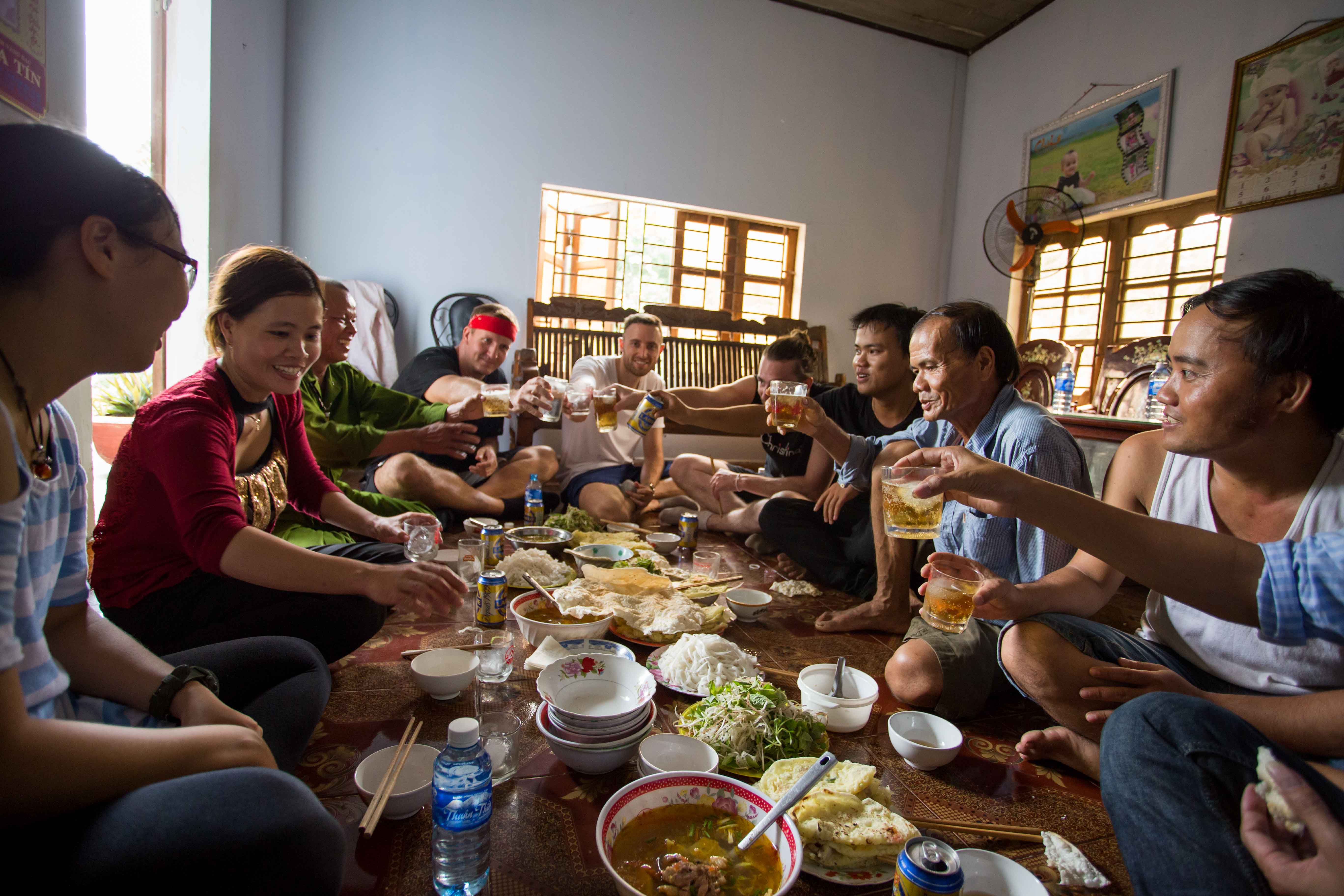
Maybe you’ve had a Vietnamese intensive course or a Vietnamese dictionary at your disposal, so you may know a few sample sentences for daily communication such as “xin chao” (hello) or “xin cam on” (thank you). However, did you know that Vietnamese people do not say these full phrases very often? Instead, they cross out the word “xin” (literally means ‘please’ in English– it sends the feeling that you’re asking or begging for something earnestly). So next time use “chao” or “cam on” if you want to sound like a local or at least to show that you’re a travel connoisseur.
Another thing you should bear in mind is that Vietnamese and English pronouns are poles apart. People in Vietnam refer to one another based on one’s gender and age. To be more specific, if you meet a man or a woman who looks like he or she could be younger than your parents, you should call the man “chu” and call the woman “co”. If they’re older than your parents, “bac” would be more appropriate for both genders. And for the elderly, a man is called “ong”, and a woman is called “ba”. To respond to them, you will refer to yourself as “chau”. Meanwhile, it is much simpler when it comes to younger people. You can call them “em”, and this applies to both genders. To respond to them, you call yourself “anh” if you’re a man, and “chi” if you’re a woman.
Confused already? Yeah, you will need some time to get the hang of it! But here is a great link to learn some traveler lingo: Essential Vietnamese Words and Phrases for Travelers.
Vietnamese Gestures and Body Language
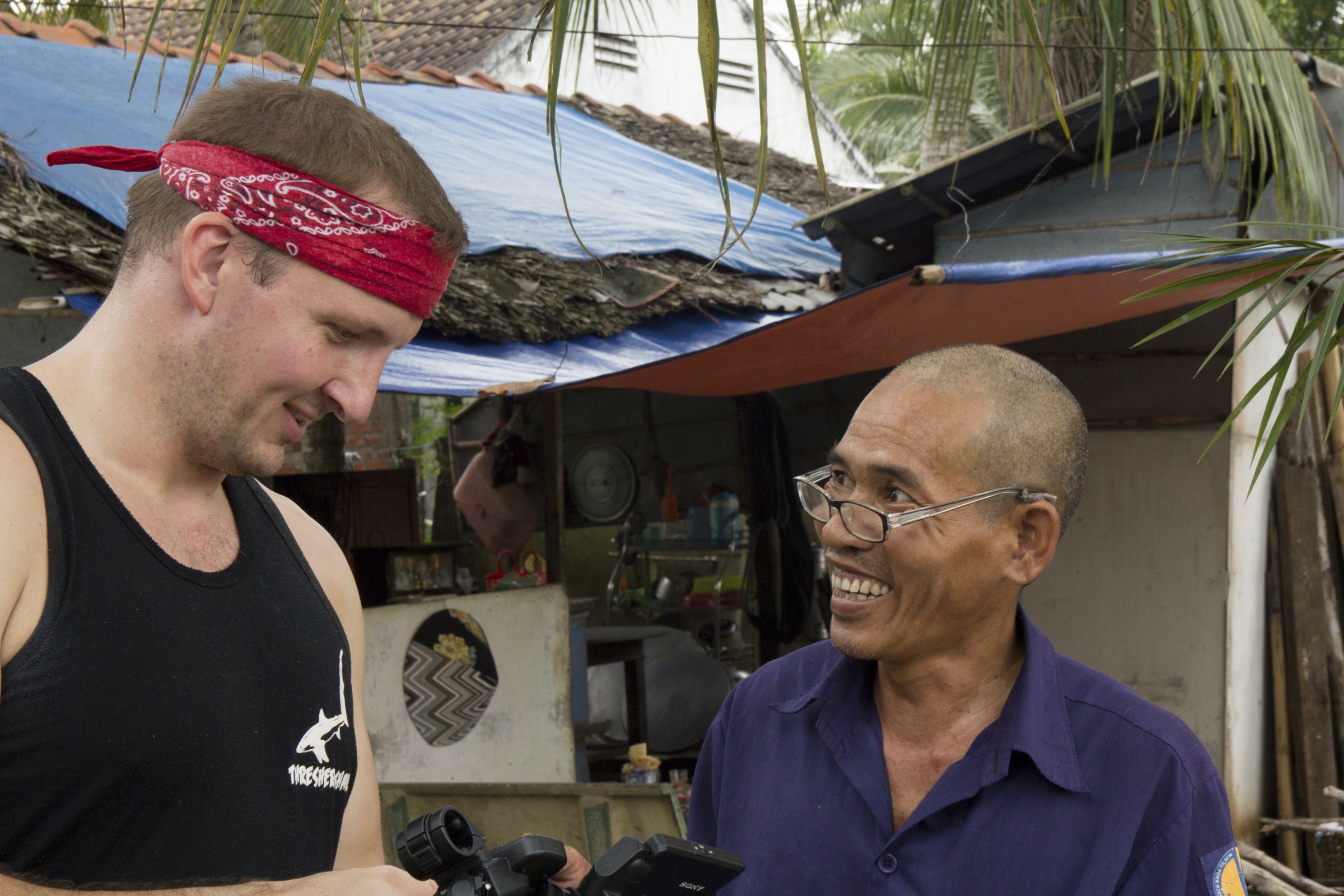
Like other Asian countries, Vietnam is considered a “high-context society”; therefore, the language is rich and extremely complex. We also have the most diverse non-verbal expressions and behaviors to serve as a substitute or supplement for words.
Public Customs in Vietnam
Although Vietnam has become more open toward Western culture, public displays of affection still remain unacceptable in this country. You can rarely see a couple kissing or hugging on the street. When meeting a Vietnamese of the opposite sex, you should also pay attention to your behavior: no kissing on the cheek or even hugging. If she’s not very close to you, it’s best to avoid intimate physical contact. A handshake or a slight nod is safer.
Dress Code in Vietnam
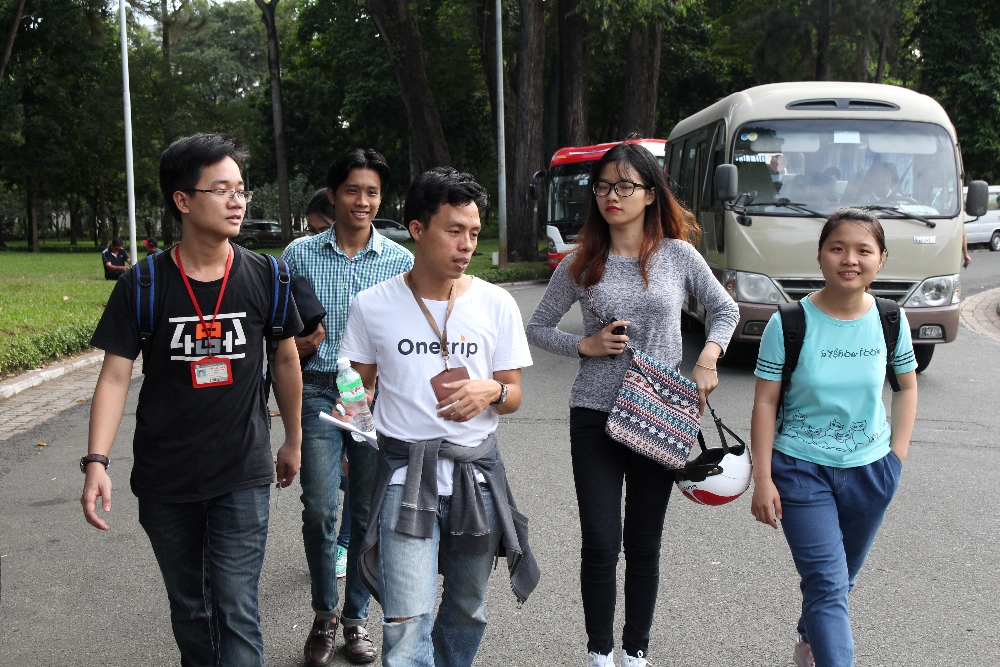
You can literally wear whatever you like but make sure it’s not too revealing or provocative as in most parts of Vietnam, the typical dress code is quite conservative.
Pay attention to dress standards when you visit religious sites or your access might be prohibited: women must cover their shoulders and wear shorts/skirts/bottoms that are at least knee-length. Moreover, hats are not usually worn inside churches or temples. And you should take your shoes off outside the house and leave them by the door before entering anyone’s house.
Anger Management in Vietnam
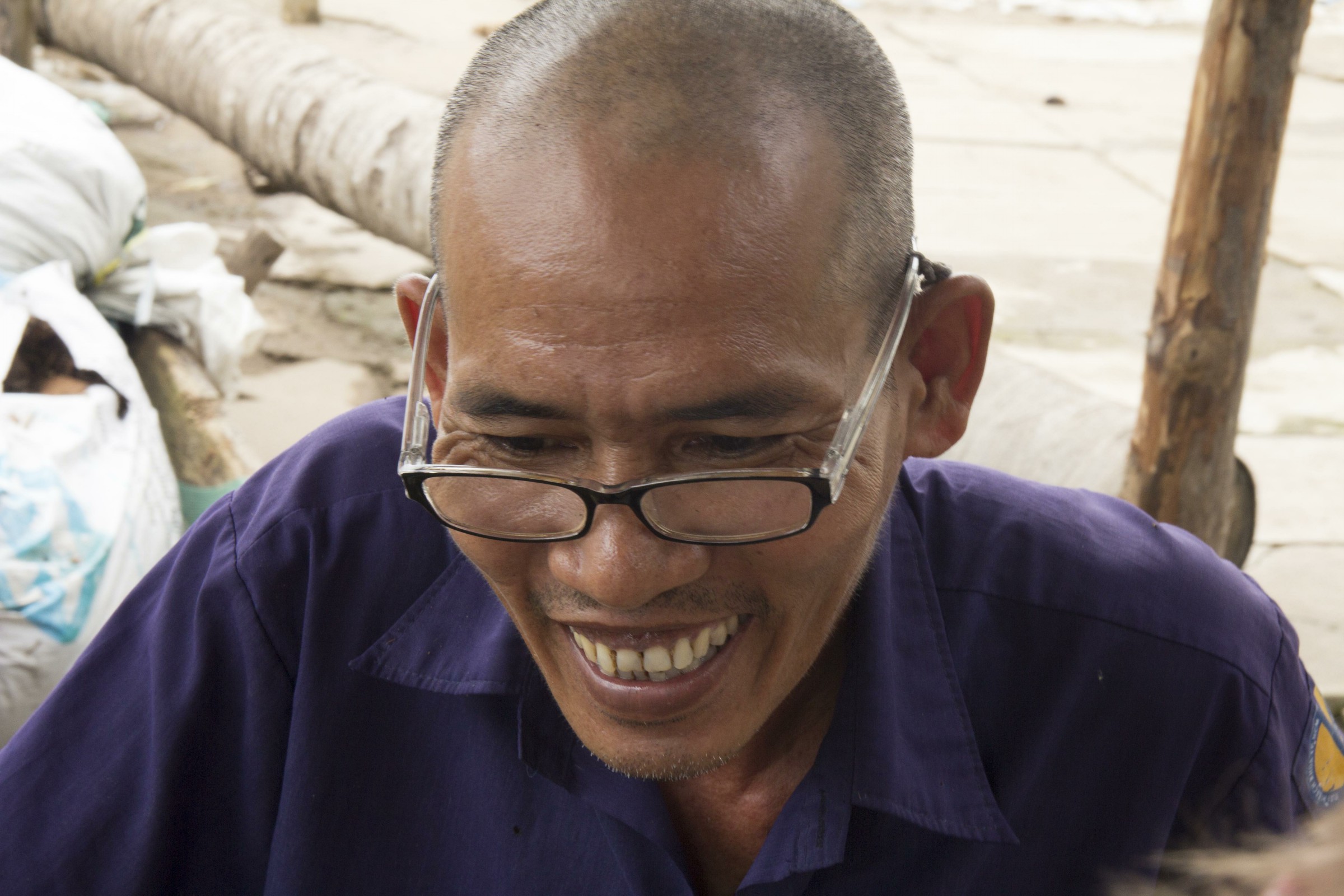
Vietnamese people think it is of the utmost importance to preserve their honor and self-esteem, especially in public. Losing your temper in public is frowned upon and considered to be of very poor manners. Therefore, it is advised to always keep your temper in check. Never raise your voice or scream or express anger directly toward someone as it is taken as a direct criticism and most often cause people to “lose face”. There is no golden formula on how to get your anger under control. But it’s best to notice during conversations to spot any hesitation or uncertainty and try to change the subject.
The Gift Giving Culture in Vietnam
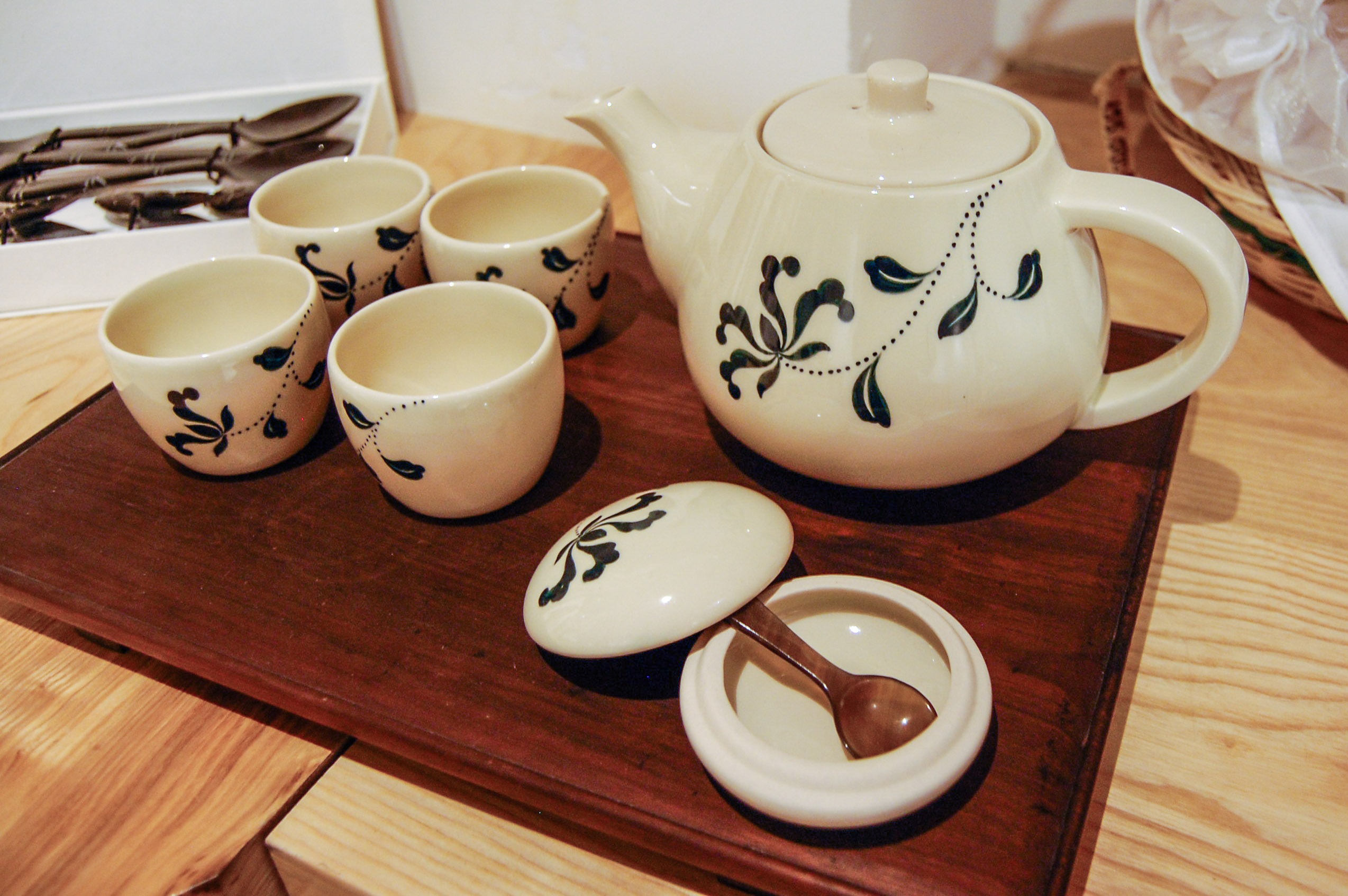
Giving gifts is significant for building interpersonal relationships and has become a common occurrence throughout Vietnam. Most foreigners are often impressed with gift-giving customs in Vietnam as they feel the way Vietnamese people express love and sincere sentiments in each present they give.
People usually exchange small gifts on certain occasions such as housewarming, homecoming, anniversary, Tet holiday, etc. When you are given a present, it is advised not to open your gift in front of the giver – only open it after you have left. Gifts can come in the form of fine alcohol, tea, food, confectionery, fruits, flowers, etc. However, sharp objects such as knives or scissors are not recommended because they imply separation.
Do pay attention to the gift wrap color because every color has a different symbolic meaning in Vietnam. For example, red represents luck and wealth, green is linked with renewal and rebirth meanwhile black is unlucky and associated with death.
Red represents luck and wealth,
green is linked with renewal and rebirth, meanwhile black is unlucky and associated with death.
Read more: 6 Great Souvenirs You Can Pick Up in Saigon
Table Manners in Vietnam
Vietnamese people often enjoy sharing a meal with the whole family: while parents are preparing the dishes, the kids will be in charge of setting the table. The meal is often shared with loved ones over a lot of laughter. They eat from bowls and use chopsticks and spoons but chopsticks still remain as the most popular means of eating. Learn how to use chopsticks and how to store them properly. For instance, you should place them neatly on a bone plate or side dish. Sticking the chopsticks straight up and out of a bowl of rice is a taboo because it indicates funeral incense. It is also best to keep in mind that tapping the chopsticks on the side of a bowl is considered rude.
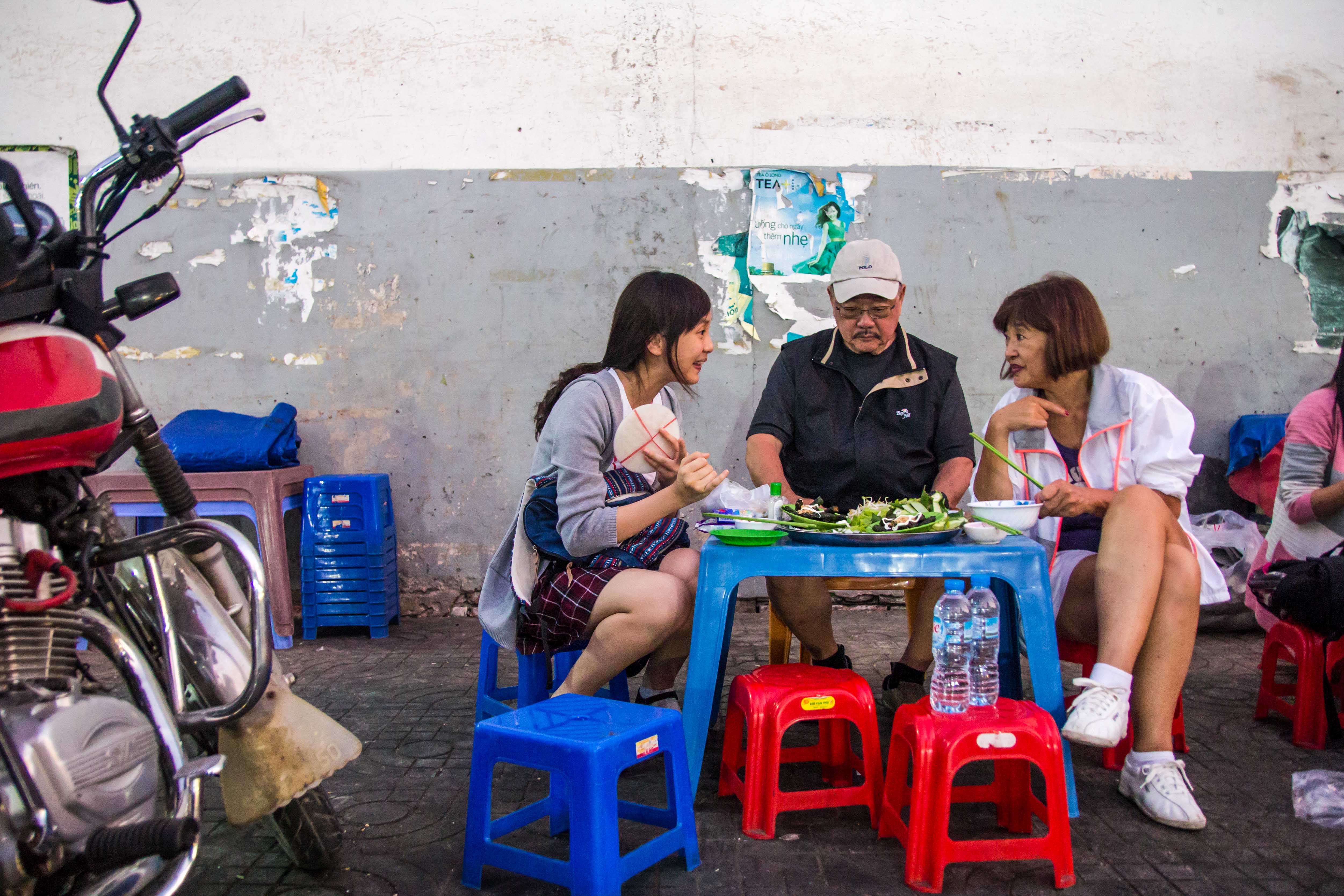
You should also wait to be seated at the dining table and ask the elders to eat first because this is a mark of honor to them. The women normally sit right next to the rice cooker to serve rice to the diners. It is common table manners and a sign of affection to hand food to the people sitting at your table. Some other things you should remember as well:
- Use both hands to pass dishes.
- Hold bowls close to your face when eating and avoid speaking when there is food in your mouth.
- Cover your mouth when using a toothpick.
- Chopsticks should be placed on the table or a chopstick rest after every few mouthfuls when taking a break to drink or speak.
- Before starting the meal, Vietnamese have a catchphrase: “Chuc moi nguoi an ngon mieng”/ tʃu:c mɔɪ ŋiəi ŋon miəŋ/. It means “Have a nice meal”. This not only shows your politeness but also your eagerness before enjoying the food.
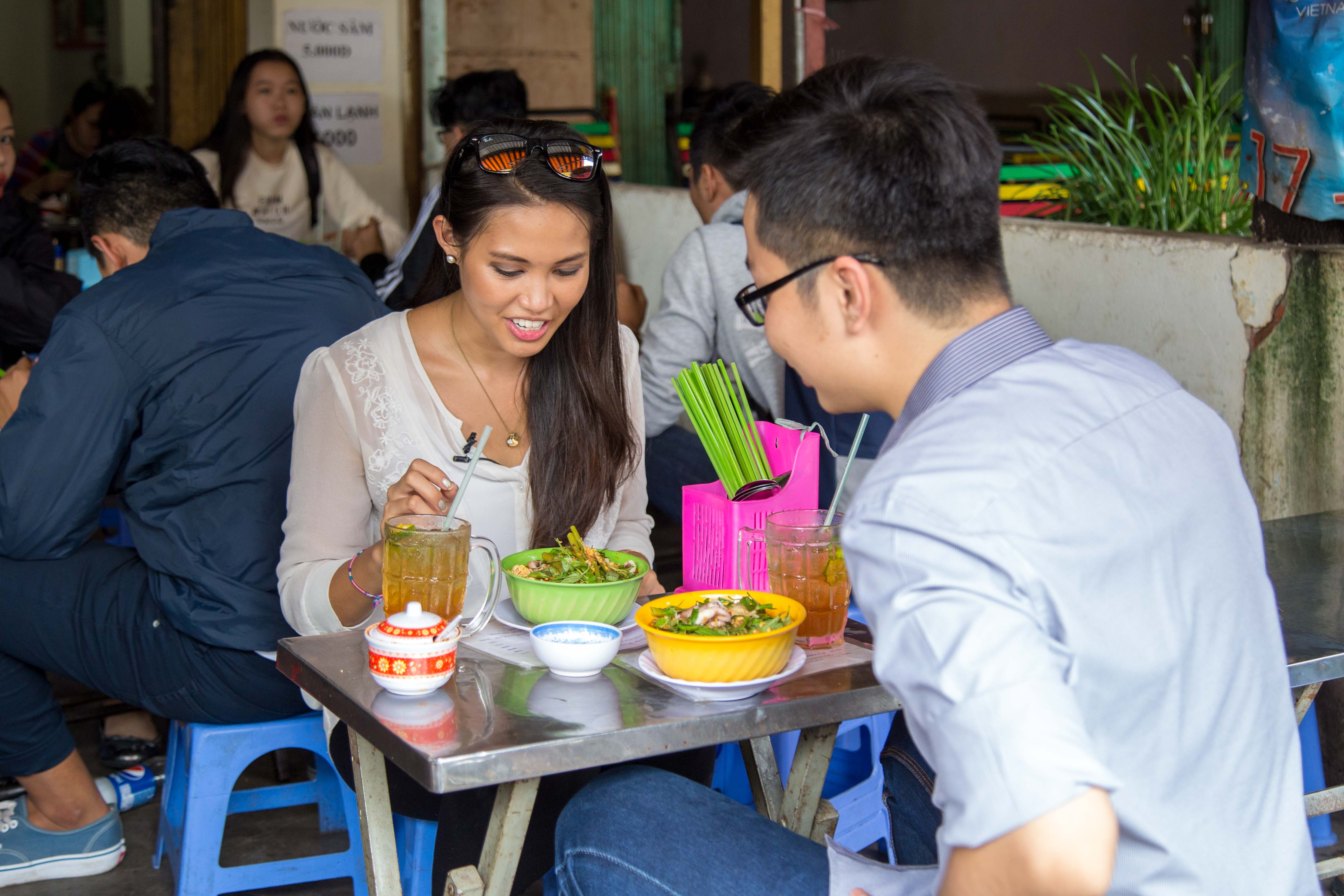
If you are reading these instructions for the first time, you might feel as if you’re getting lost in a matrix of some freaky rules, but don’t despair! If it is the first time you’ve been in Vietnam, it is easy to make rookie mistakes. However, etiquette is not a fixed norm nor are they strict rules. You can be flexible and adaptable to make the most of your time in Vietnam. We hope the list we made will help first-time visitors to make the most of their time in Vietnam and if you have any friends that are planning to visit, make sure to pass it on.
Read more: The Ultimate Travelers Guide to Vietnam Tet Holiday
Enjoyed this article and would love more fun tips on what to do, see, and eat in Vietnam? Follow us at 4utrip!
